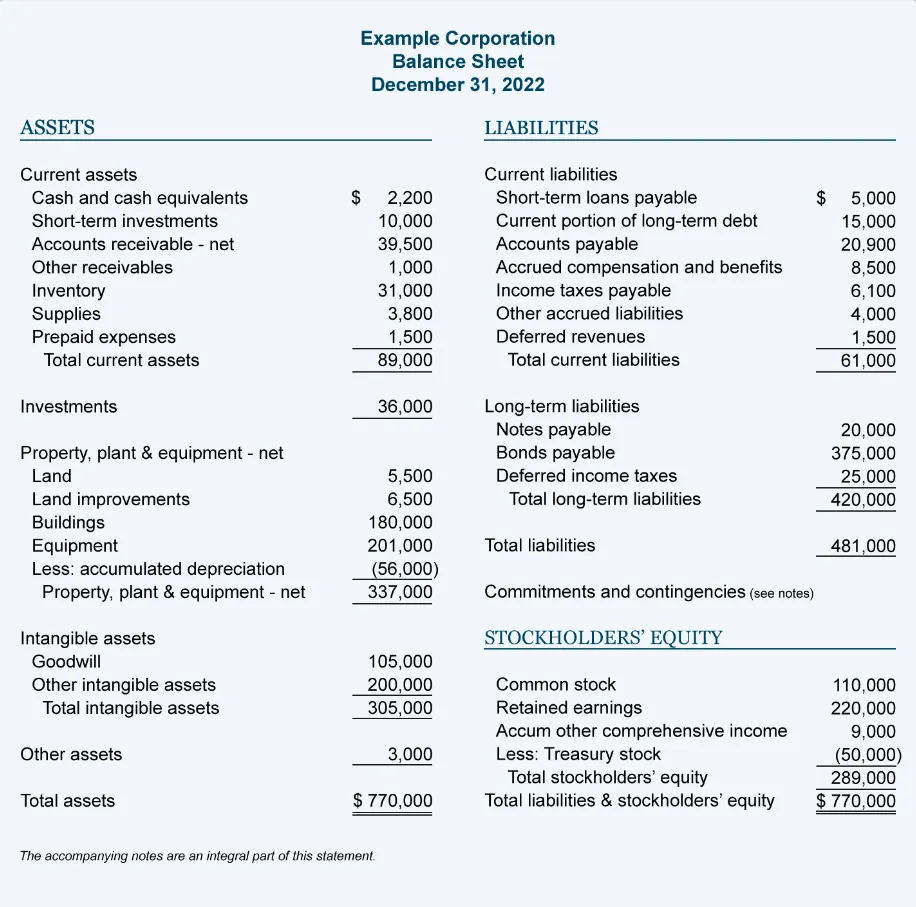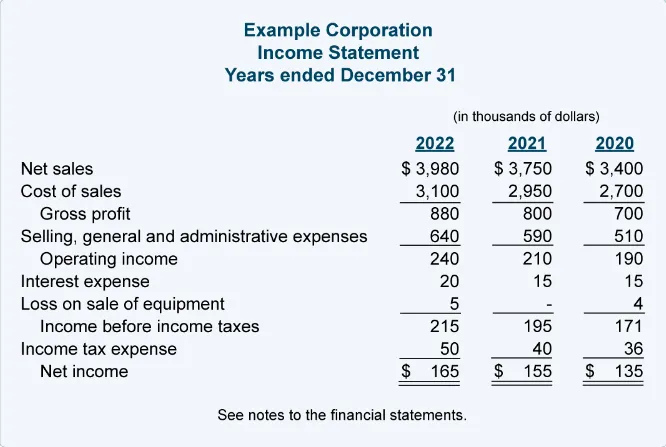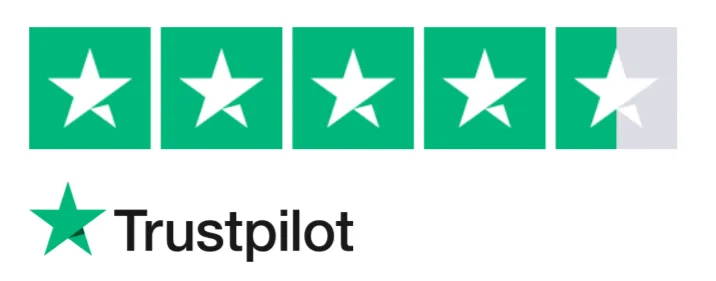In the world of financial analysis and reporting, understanding the core components that provide insights into an organization's economic health is paramount. Grab your favorite beverage, sit back, and get ready to dive into the world of financial statements as we've never seen them before.
What are financial statements?
Financial statements are written reports about an organization's financial conditions. Various stakeholders, such as investors, creditors, management, and regulatory agencies, use them to make economic decisions regarding the entity. These statements provide a formal record of the financial activities of an entity over a specific period, offering insights into its operational efficiency, profitability, and financial health.
There are two sets of guidelines that companies follow when they prepare financial statements:
- GAAP: Generally accepted accounting principles
- IFRS: International Financial Reporting Standards
Difference between GAAP and IFRS?
GAAP, used mainly in the United States, is rule-based with specific guidelines for financial reporting, whereas IFRS, used by over 140 countries, is principle-based, allowing for more interpretation and flexibility in reporting.
Types of financial statements
Imagine if financial statements were characters at a party; each has its vibe, story, and dance moves. Let's roll out the red carpet and introduce the fabulous five.
Balance sheet
A balance sheet summarizes the company's assets (what you own), liabilities (what you owe), and shareholders' equity. It's the ultimate measure of your financial health.
Examples of assets are cash and cash equivalents, inventory, accounts receivable, capital assets, and investments.
Examples of liabilities are accounts payable, dividends and long-term debts.
Assets = Liabilities + Shareholders' Equity

Income statement
The income statement, also known as the profit and loss statement, shows how much money you made (revenue), how much you spent (expenses), and what you're left with (profit or loss).

Cash flow statement
The cash flow statement (CFS) is the real MVP, tracking the cash flowing in and out of your business. This statement shows if you're making cash hand over fist or if your cash is just waving goodbye. It's crucial because, as we all know, "Cash is king."
Statement of changes in equity
The statement of changes in equity reveals the drama behind the scenes---how your ownership interest evolves. It tracks the total equity over time, showing investments, withdrawals, profits, or losses.
The traditional hassle of financial analysis

The manual effort of sifting through papers, the horror of data discrepancies, and the slow torture of time consumption.
Did you know that companies spend countless hours just preparing these documents? A study by McKinsey once highlighted that workers spend more than half their time collecting and processing data. Talk about a nightmare!
Let's not forget that errors are a no-go for financial analysts, as they are responsible for sensitive and confidential data.
If you want to automate financial data extraction, try Parseur for free!
Last updated on




